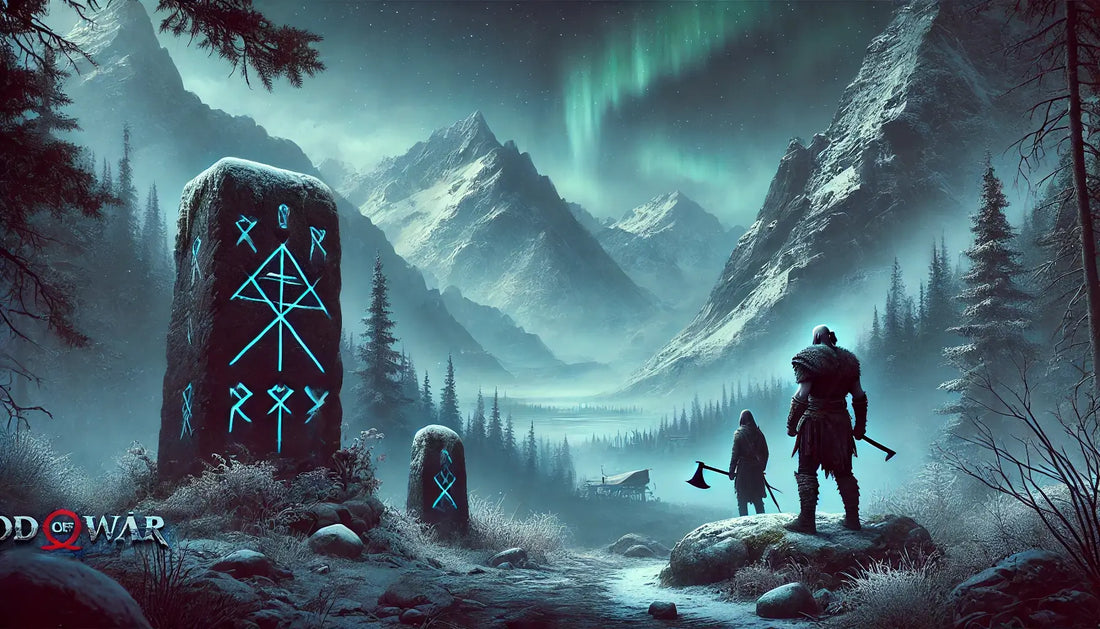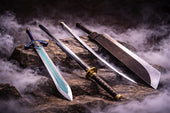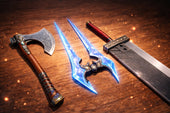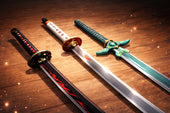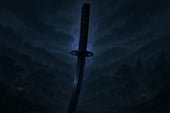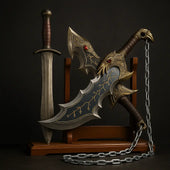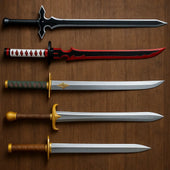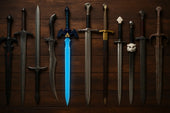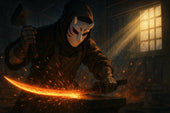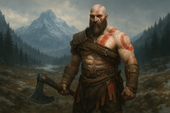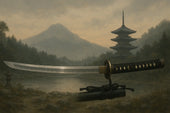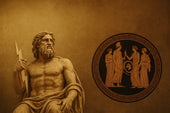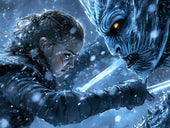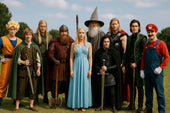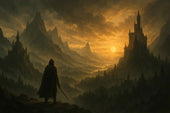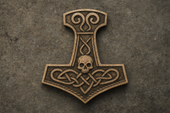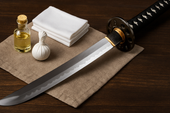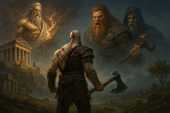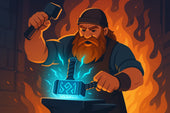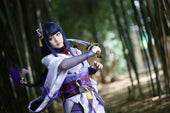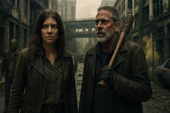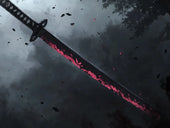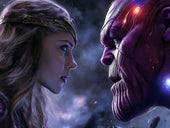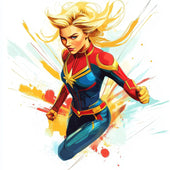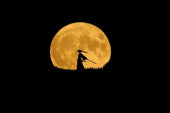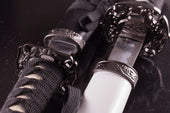Whether you're a long-time fan of the God of War series or preparing to step into Kratos' boots for the first time, God of War Ragnarök offers a stunning continuation of one of the most emotionally charged action-adventure franchises in modern gaming.
From thunderous Norse mythology to refined combat mechanics and deep character development, there's a lot to get excited about. Before playing God of War Ragnarök, you should know the story of Kratos and Atreus from the 2018 game, key Norse mythology elements, new gameplay mechanics, and that all Nine Realms are now explorable. Understanding their journey and the coming of Ragnarök will deepen your experience.
Before you dive into the Nine Realms, here's everything you need to know to get the most out of your journey in God of War Ragnarök.
The Story So Far: A Recap of God of War (2018)
In God of War (2018), players were introduced to a more mature, restrained Kratos—a far cry from the rage-fuelled warrior of the original Greek saga. Now living in the Norse realm of Midgard, Kratos tries to raise his son, Atreus, in the aftermath of his wife Faye’s death.
Their journey begins with a simple mission: to scatter Faye’s ashes at the highest peak of the Nine Realms. But what follows is a complex and layered narrative involving gods, monsters, family secrets, and destiny. Along the way, Kratos and Atreus clash with the vengeful Baldur, encounter the World Serpent (Jörmungandr), and begin to uncover Atreus' true identity—Loki.
By the end of the game, it’s clear that Ragnarök—the end of the Norse world—is fast approaching. God of War Ragnarök picks up where this dramatic cliffhanger left off.
Returning Characters: Who’s Who in Ragnarök
Kratos
Once the Ghost of Sparta, Kratos is now more reserved, a father first and warrior second. However, the threats of Ragnarök force him back into battle. His growth as a character is central to the emotional weight of the series.
Atreus
Atreus is no longer a boy. He’s older, more capable in combat, and more inquisitive about his identity as Loki. His struggle to balance prophecy, power, and loyalty to his father drives much of the story.
Freya
Freya, once a powerful ally, now sees Kratos as the murderer of her son Baldur. She plays a complex role in Ragnarök, torn between vengeance and her deeper understanding of fate.
Thor and Odin
Teased in the final moments of the 2018 game, Thor makes his grand entrance—brutish, powerful, and morally ambiguous. Odin, the All-Father, manipulates events from the shadows, offering a more cunning threat than brute force.
New Realms to Explore
In God of War (2018), players could explore six of the Nine Realms. Ragnarök unlocks all of them, introducing previously inaccessible locations like:
-
Asgard – Home of the Aesir gods and the final battleground of Ragnarök.
-
Vanaheim – A lush, magic-rich realm tied to Freya’s people.
-
Svartalfheim – The realm of the dwarves, filled with mechanical marvels and puzzles.
-
Jötunheim – A realm steeped in mystery, tied closely to Atreus’ heritage.
Each realm is filled with unique enemies, environmental puzzles, side quests (Favour missions), and rich lore to uncover.
What’s New in Gameplay Mechanics
God of War Ragnarök builds upon the solid foundation of its predecessor, refining every element from combat to exploration. The result is a more fluid, strategic, and rewarding gameplay experience. Whether you’re navigating the vertical terrain of the Nine Realms or engaging in cinematic boss battles, every mechanic feels deliberate and empowering.
Combat Upgrades
From the very beginning of the game, Kratos is equipped with both the Leviathan Axe and the Blades of Chaos, allowing you to switch between icy precision and fiery ferocity on the fly. This dual-weapon system encourages varied playstyles, letting you chain attacks and adapt to different enemy types.
The introduction of the Draupnir Spear—a mystical, rune-infused weapon—adds a new layer to Kratos’ arsenal. Ideal for ranged combat and crowd control, it can be thrown multiple times, embedded in enemies or surfaces, and detonated with explosive effect. It’s not just powerful—it’s tactical, offering puzzle-solving capabilities in certain realms.
Shields have also undergone a major evolution. Rather than a single shield type, Ragnarök offers customisable shields with distinct combat characteristics. Whether you prefer a parry-focused, high-risk style or a tanky, defence-heavy approach, there’s a shield configuration that suits your strategy.
Every aspect of the combat system—from the feedback of a successful axe throw to the timing of a last-second parry—has been fine-tuned for responsiveness and depth.
Atreus in Combat
Atreus has matured—not just as a character, but as a combatant. He’s no longer just support; he plays an integral and active role in every encounter.
With his expanded skill tree, Atreus unlocks new abilities that enhance both his bow attacks and his mystical summons. His Runic Arrows now have elemental effects, offering synergy with Kratos’ attacks to stun or debuff enemies. He can also summon spirit animals like stags, falcons, and wolves, each with different effects in battle.
There are also sections where Atreus becomes a playable character, allowing players to directly experience his agility-based combat and deeper connection to magic. These sequences add variety and emotional depth, showing how Atreus is coming into his own as a warrior—and as Loki.
Traversal and Exploration
The world of Ragnarök is larger, richer, and more vertically designed than its predecessor. Navigating the Nine Realms is more dynamic thanks to new traversal mechanics such as grappling, wall-scaling, and zip-lining across ravines and cliffs.
This expanded mobility makes exploration feel more rewarding and organic. Hidden pathways, secret areas, and clever environmental puzzles await those who take the time to look.
Returning features such as Nornir Chests, Artefacts, Lore Markers, and Ravens of Odin provide not only loot and lore but also encourage deeper engagement with the world. Expect more variety and complexity in how these collectibles are hidden and unlocked.
Accessibility Features
In a major stride towards inclusivity, God of War Ragnarök includes over 70 accessibility options. These range from fully remappable controls and audio cues to high-contrast visual modes and navigation assists.
Combat difficulty can also be finely adjusted, allowing players to tailor the challenge to their preference without compromising story progression. Subtitles, UI scaling, and puzzle timing tweaks are all included to ensure that as many players as possible can enjoy the full depth of the game.
Santa Monica Studio’s commitment to accessibility is evident in how seamlessly these features are integrated, enhancing the experience without limiting immersion.
Norse Mythology: The Heart of the Story
Norse mythology isn’t just set dressing in God of War Ragnarök—it’s the very lifeblood of the narrative. From overarching themes to individual quests and characters, the mythos of the Nine Realms shapes every layer of the game. At its core is the myth of Ragnarök, a prophesied apocalyptic battle that leads to the destruction and eventual rebirth of the world.
Santa Monica Studio has masterfully woven this lore into a character-driven story that feels both deeply personal and epic in scale. Rather than a simple retelling, the developers reinterpret Norse legends in a way that serves the game’s emotional stakes and the father-son journey of Kratos and Atreus.
The result is a world where gods are flawed, monsters have meaning, and legends are lived—not simply told. Whether you’re well-versed in Norse myths or coming to them for the first time, God of War Ragnarök delivers a rich and thoughtful exploration of this ancient lore.
This mythological depth has resonated far beyond the gaming community—so much so that a live-action God of War TV series is currently in development at Amazon Prime. Early reports suggest the adaptation will follow the Norse saga, bringing Kratos and Atreus’ emotional journey to a new audience and expanding the franchise’s impact in mainstream entertainment.
Key Mythological Figures
Jörmungandr – Also known as the World Serpent, Jörmungandr is one of the most enigmatic figures in Norse myth. In the game, his strange familiarity with Atreus hints at time-travelling twists and future destinies. His massive presence and cryptic communication add layers of intrigue and cosmic scale to the unfolding events.
Fenrir – The monstrous wolf is traditionally a symbol of destruction, fated to kill Odin during Ragnarök. However, Ragnarök offers a nuanced and emotional reimagining of Fenrir’s role that may surprise fans. His connection to Atreus and the concept of soul-binding adds emotional depth to what could have been just another mythical beast.
The Norns – These are the weavers of fate in Norse lore, often compared to the Greek Fates. In the game, their appearance raises philosophical questions about destiny, choice, and prophecy—particularly as Kratos attempts to defy his foretold role in Ragnarök. Their portrayal cleverly balances mysticism with narrative tension.
Beyond these, the game features countless mythological references—from the roots of Yggdrasil to the rivalries between Aesir and Vanir gods. Each is reinterpreted through the lens of the God of War universe, maintaining mythological authenticity while offering fresh, often emotional takes on familiar stories.
The result is a world where gods are flawed, monsters have meaning, and legends are lived—not simply told. Whether you’re well-versed in Norse myths or coming to them for the first time, God of War Ragnarök delivers a rich and thoughtful exploration of this ancient lore.
Do You Need to Play the Previous Game First?
While God of War Ragnarök includes an optional recap of the 2018 game, it’s strongly recommended to play the previous entry to fully appreciate the emotional depth, character arcs, and overarching plot.
If you're short on time, consider watching a high-quality story recap video or reading a comprehensive summary. Knowing who Kratos, Atreus, Freya, and Baldur are—and understanding their relationships—will enrich your Ragnarök experience.
Tips Before You Begin
Adjust Your Settings
-
Enable Performance Mode on PS5 for 60 FPS fluidity.
-
Use High Contrast Display or Audio Cues if needed for accessibility.
-
Turn on Puzzle Hints to avoid getting stuck in exploration-heavy sections.
Choose Your Difficulty
There are several modes:
-
Give Me Story – for players focused on the narrative.
-
Give Me Balance – the standard experience.
-
Give Me God of War – a brutal test of skill for seasoned players.
Choose based on your experience and what you value most—combat challenge or storytelling.
Explore Thoroughly
Side quests (Favours) offer some of the best writing, gear, and lore in the game. Don’t rush the main story—exploration often leads to richer rewards.
Stay Spoiler-Free
The story of Ragnarök is emotional and full of twists. Avoid major plot spoilers if possible and let the game surprise you.
The Verdict: Why You Should Play God of War Ragnarök
God of War Ragnarök isn’t just another sequel—it’s the emotional and narrative crescendo of the Norse saga. From its jaw-dropping visuals and fast-paced combat to its tear-jerking moments and philosophical depth, it’s one of the finest examples of storytelling in gaming.
If you’re a fan of Norse mythology, character-driven plots, or just great action games—this one’s unmissable. And if the game inspires you to wield your own mythic blade, don’t forget to check out The Sword Stall’s collection of Norse and fantasy swords to bring your favourite legends to life.
Feeling inspired by Kratos’ Leviathan Axe or the mighty weapons of Asgard? Visit The Sword Stall for a curated collection of replica swords, Viking axes, and fantasy blades worthy of a god.


